Sow Now for Autumn and Winter Harvests

Planning ahead is essential for a productive garden year-round. Now’s the time to sow winter salads such as lettuce and cabbage, which will provide you with fresh greens well into the colder months.
At the same time, continue sowing summer salad crops like chard, peas, carrots, and beetroot. These will produce tender baby vegetables that can be picked regularly throughout the rest of the summer.
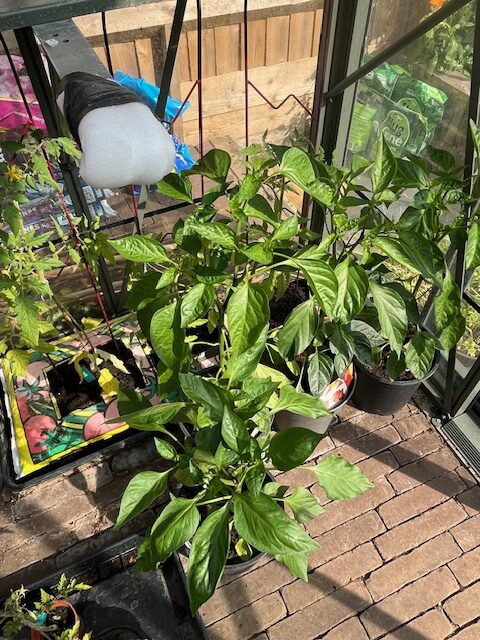
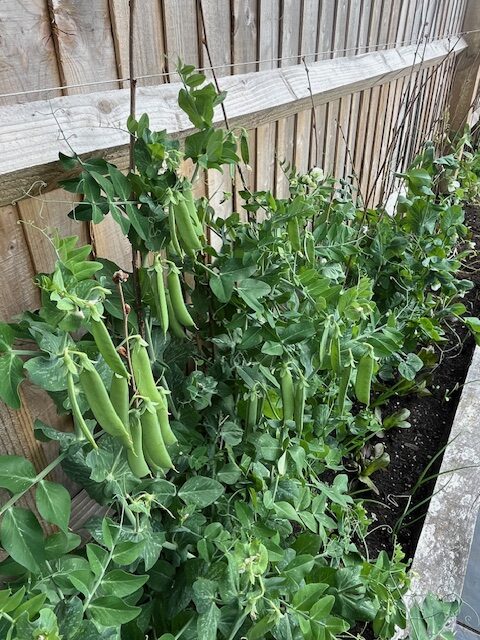
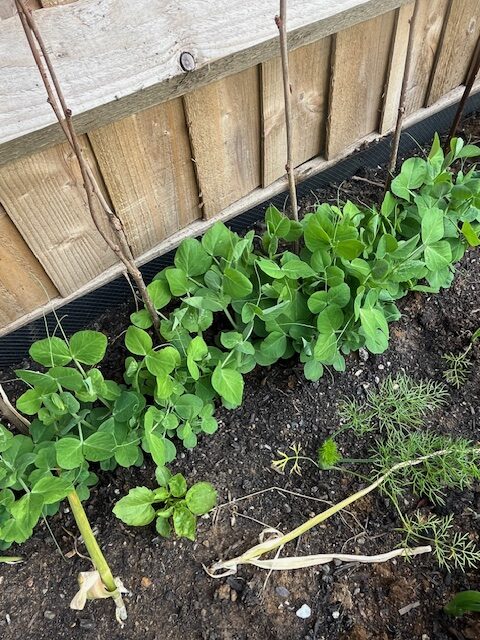
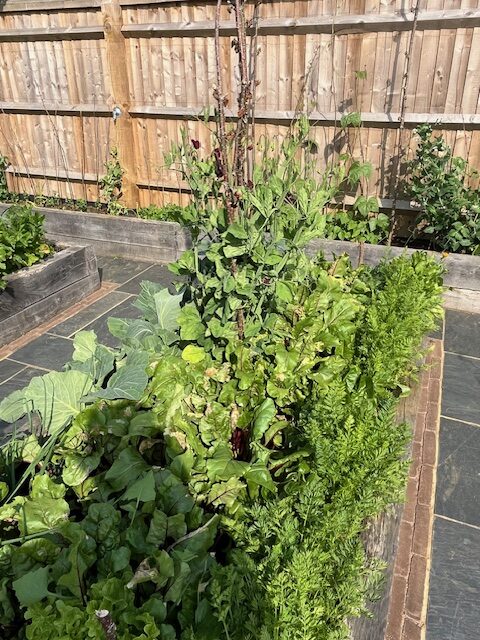
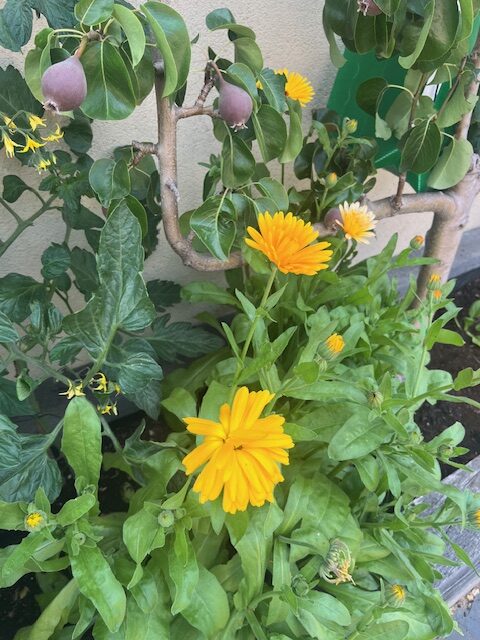
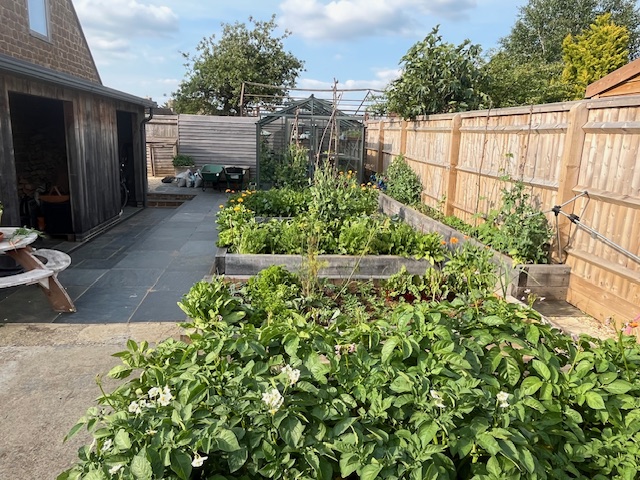
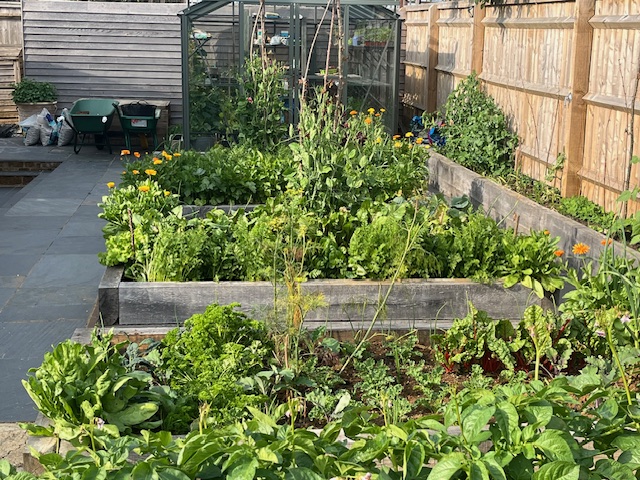
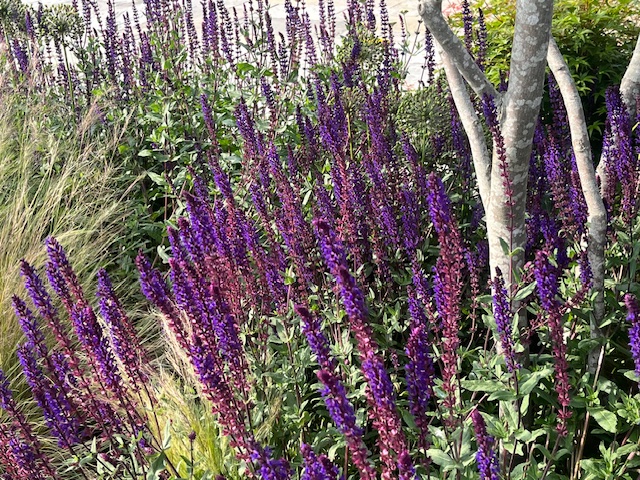
Prepare for a Steady Winter Crop
Late summer is the ideal time to sow or plant out winter greens. These hardy vegetables are well-suited to colder, darker conditions and can provide a reliable source of fresh produce from autumn right through to early spring. Many of them can be harvested leaf by leaf to encourage repeat cropping, while others stand well over winter for a one-time harvest.
Here are some top choices for your winter garden, with tips to ensure success:
Kale
- Varieties: ‘Nero di Toscana’ (Cavolo Nero), ‘Dwarf Green Curled’, or ‘Red Russian’
- Sow: July–August; plant out when 10–15cm tall
- Harvest: October to March
- Care: Very hardy. Pick lower leaves first to keep the plant growing. Netting may be needed to protect from pigeons and caterpillars.
Purple Sprouting Broccoli
- Varieties: Early and late types are available; choose depending on your preferred harvest time.
- Sow: April–July; transplant in July–August
- Harvest: February to April
- Care: Needs fertile soil and plenty of space (approx. 60cm apart). Firm the soil well around plants to avoid wind rock.
Winter & Spring Cabbage
- Varieties: ‘January King’, ‘Winter Jewel’, or ‘Pixie’ for spring harvest
- Sow: July–August
- Harvest: December to April depending on variety
- Care: Requires firm soil and consistent moisture. Protect young plants with netting from cabbage white butterflies and slugs.
Perpetual Spinach
- Sow: June–August
- Harvest: September to March (and beyond if protected)
- Care: Not a true spinach, but a type of chard. Can handle light frosts. Pick regularly to keep new leaves coming. Grow in sun or partial shade.
Leeks
- Varieties: ‘Musselburgh’, ‘Bandit’, or ‘Autumn Giant’
- Sow: Early sowings in March–April; transplant June–July
- Harvest: November to March
- Care: Prefers deeply dug, well-fed soil. Transplant into holes and don’t fill them in—just water. This helps produce the long white stems.
Pak Choi
- Sow: July to early September
- Harvest: October to December
- Care: Fast-growing. Best grown in cooler conditions to avoid bolting. Keep well-watered and protect from flea beetles with mesh or fleece.
Winter Lettuce
- Varieties: ‘Arctic King’, ‘Winter Gem’, or ‘Valdor’
- Sow: August–September
- Harvest: November to March (especially if grown under cloches or in a cold frame)
- Care: Sow in well-drained soil or containers. Protect with fleece or cloche in hard frosts. Pick outer leaves or harvest whole heads depending on variety.
Mid-Summer Pest Control Essentials
As summer progresses and plant growth begins to steady, pests can become more active and opportunistic. Now’s the time to stay vigilant to protect your crops and ensure a productive harvest.
Slug Control
After periods of wet weather, slug damage can be severe—especially to young seedlings and leafy crops. Organic nematodes are an effective treatment, attacking slugs below the soil surface. For added protection, use copper tape around pots, beer traps, or night-time hand-picking.
Carrot Root Fly Prevention
Carrot root fly is a persistent pest, with larvae that tunnel into roots and ruin crops. To prevent it:
- Use Physical Barriers: Erect a fine mesh or fleece barrier at least 60cm (2ft) high—carrot root flies are weak fliers and rarely fly above this height.
- Sow Thinly: Avoid thinning out seedlings too much; the scent of crushed carrot foliage attracts the fly.
- Companion Planting: Grow strong-smelling herbs like rosemary, sage, or onions nearby to mask the scent of carrots.
Cabbage White Caterpillar Control
Cabbage whites lay clusters of eggs on brassicas, and the resulting caterpillars can decimate leaves in days. For prevention:
- Netting: Cover brassica crops (such as cabbages, broccoli, and kale) with fine insect-proof mesh to exclude butterflies.
- Daily Checks: Inspect leaves regularly and remove eggs or caterpillars by hand.
- Encourage Natural Predators: Birds and parasitic wasps help keep populations in check—planting nectar-rich flowers nearby can attract these beneficial insects.
Protect Your Fruit from Birds
With fruit ripening from late summer into autumn, now is the time to protect your soft fruit. Use bird netting to shield crops like gooseberries, blackcurrants, raspberries, cherries, and plums. Make sure nets are taut and secured to prevent birds from getting trapped.
Feeding and Watering Advice
Continue feeding fruiting and flowering crops every four weeks to maintain steady growth and preserve flavour. Overfeeding can cause excessive leaf production at the expense of fruit.
Watering should be targeted and careful:
- Fruit Trees & Soft Fruits: During dry spells, water deeply but infrequently to encourage deep rooting. Overwatering close to harvest can lead to fruit splitting, especially in plums and tomatoes.
- Vegetables: Early morning watering is best to avoid mildew and evaporation.
Stay one step ahead this summer by controlling pests now and preparing your garden for the seasons ahead. A few proactive steps will protect your harvest and support healthy growth well into autumn and beyond.